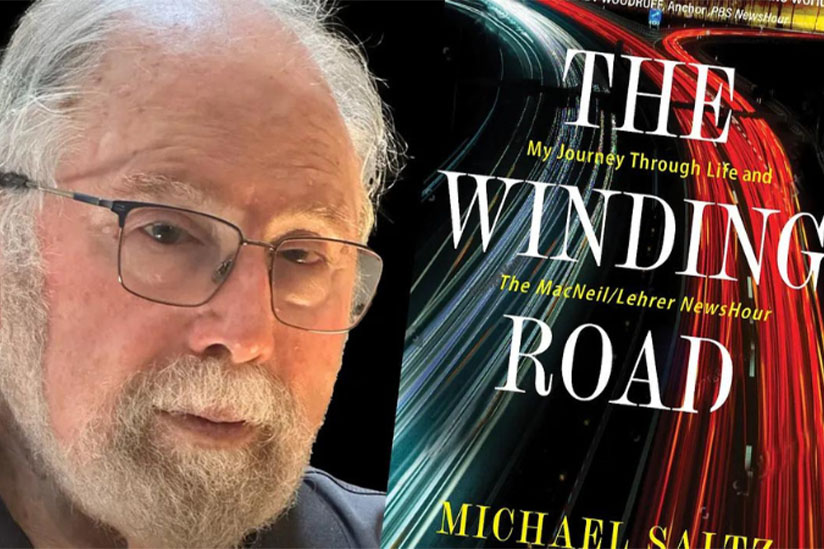Mike Saltz’s new book recalls his work at the MacNeil/Lehrer NewsHour.
Mike Saltz attended the School of Cinematic Arts MFA Production program in 1963 and 1964, and then, as talented students were to do in those times, dropped out when he got a job. “I started off as a film editor. And what I took from USC, outside of enjoying what goes on in classes and talking to people, was in fact the editing,” says Saltz. “We are talking about the days of moviolas, and 16mm film, and splices and hot splices and negative matching and all the rest of that,” he says. “SC was a very different school than it seems to be today. It was a quadrangle of wooden huts.” Saltz recalls he was at School cutting a 20-minute documentary about developmentally disabled kids in Pasadena when they heard Kennedy had been shot.
A few years later, Saltz got a job as a production manager at WNET/Channel 13, the popular public broadcasting station in New York. There he was assigned to help journalist Robert (Robin) MacNeil develop his nightly news show, The Robert MacNeil Report, which debuted in 1975 and would feature regular guest appearances by Washington-based journalist Jim Lehrer. Lehrer would quickly become so much of a fixture that the show was rebranded The MacNeil/Lehrer Report, then the MacNeil/Lehrer NewsHour, airing live from New York and Washington on PBS stations across the country. When MacNeil retired, it became The NewsHour with Jim Lehrer; and after Lehrer’s departure, The PBS NewsHour, which is what it’s still called these days.
Journalism, says Saltz, “was not one of my career ambitions. Robin (MacNeil) once said to me ‘You’re not a hard news journalist, are you?’ And I said ‘No, I’m a film editor.’” Saltz quickly infused the NewsHour with his filmmaking expertise. Unprompted, he developed the first NewsHour “feature” which is essentially a very short doc on an interesting subject: Kansas City’s cattle Stockyards. Saltz was fascinated with this story. “Where two million head of cattle once went through there, now 200 million are going through.” He got a crew to shoot some b-roll and interview a stockyard worker. “We talked about the recession, this was 1984, the Reagan recession. And he talked about working in the stockyards, where he had worked for the past 25 years. And how he felt attached and connected to it and its past and how he felt like he was an antique himself, within an antique.” Saltz cut a piece and handed it to the executive producer. Two days later it aired, and a NewsHour institution was born. “It came out of my deciding that I had something to say and this was the way to say it, and it was something that meant something to me,” says Saltz, admitting “I was slightly terrified that they might not like it. But I really knew what I was doing.”
